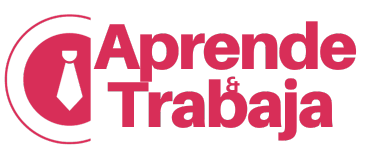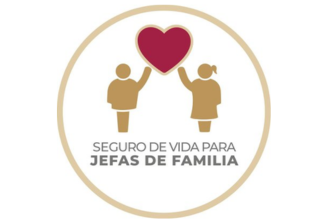Student Loans in the United States: Everything You Need to Know
Choose the best option and pay for your education!
Think of student loans like any other loan: you borrow money and have the obligation to repay it along with interest.
The good news? Some student loans come with excellent terms, such as lower interest rates and flexible payment options.

Various Types of Student Loans
When it comes to financing your education, you have two main options: Private Loans from banks or other lenders and Federal Loans from the U.S. government.
Private Loans
Rates and Conditions
Private student loans are provided by banks and other financial institutions.
Usually, these loans have higher interest rates compared to federal ones.
Furthermore, the rates can be fixed (meaning they remain the same throughout the life of the loan) or variable (meaning they can change over time).
How to Apply
Applying for a private loan is quite simple. You fill out an application with the lender of your choice, and they will review your credit history to determine how much they are willing to lend you and at what interest rate.
If your credit isn’t excellent, don’t worry! You may need a co-signer, someone like a family member or friend with a better credit history, to help you secure the loan.
Private loans are not typically the first choice for many students, but they can be a good alternative if federal loans do not cover all your expenses.
Federal Loans
Interest Rates and Benefits
Federal student loans are a safer option and often come with better terms depending on the type of loan and whether you are an undergraduate student, graduate student, or a parent helping your child.
Key Differences between Subsidized and Unsubsidized Loans
Subsidized loans are fantastic for undergraduate students who can demonstrate financial need.
You won’t incur any interest while you are in school, for six months after graduation, or if you need to defer payments.
The government covers those interest costs, which can help you save money in the long run.
Unsubsidized loans are available for both undergraduate and graduate students.
In this scenario, interests start accumulating instantly, indicating that you will have to pay them eventually.
You have the option to either pay the interest while studying or let it accumulate and be added to your loan balance, which will increase your total debt.
How to apply
To apply for a federal loan, the initial step is to complete the Free Application for Federal Student Aid (FAFSA).
This form is your ticket to finding out how much financial assistance you may be eligible to receive, whether in the form of loans, scholarships, or work-study opportunities.
You will typically find the results in your university’s financial aid package.
A notice: for the academic year 2024-25, the FAFSA deadline is June 30, 2025.
However, many universities have their own earlier deadlines, and some types of aid are limited and awarded on a first-come, first-served basis.
Therefore, it is advisable to apply as soon as possible to increase your chances of receiving the support you need.
Federal vs. Private: Which is Best for You?
In general, federal loans are often the preferred choice. They tend to offer more flexibility, lower interest rates, and better payment options.
However, if federal loans do not cover all of your college expenses, private loans can be a good backup plan.
More Information
Here are additional details about student loans that you should be aware of.
Eligible Expenses
It is important to know that the loan money should only be used for education-related expenses such as tuition, fees, books, and accommodation.
How Much Can You Borrow?
For self-reliant students, the maximum federal loan amount is $57,500; dependent students can borrow up to $31,000.
With private loans, you can typically request the total cost of attendance minus any financial aid you receive.
Payment Start Dates
After graduating or dropping below half-time enrollment, you typically receive a six-month grace period before payments begin.
Always bear in mind that student loans can be a useful way to finance your education, but it is crucial to use them wisely and understand the terms.
If you’re keen on boosting your financial knowledge, we welcome you to check out our upcoming article on building your credit from scratch.




